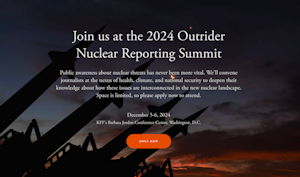"Dow Agrees To Clean Dioxin-Tainted Properties"
"Michigan environmental regulators said Thursday that they reached a long-sought deal with Dow Chemical Co. to clean up to 1,400 residential properties in Midland, home of its corporate headquarters and a plant that polluted the area with dioxin for much of the past century."













 Advertisement
Advertisement 




